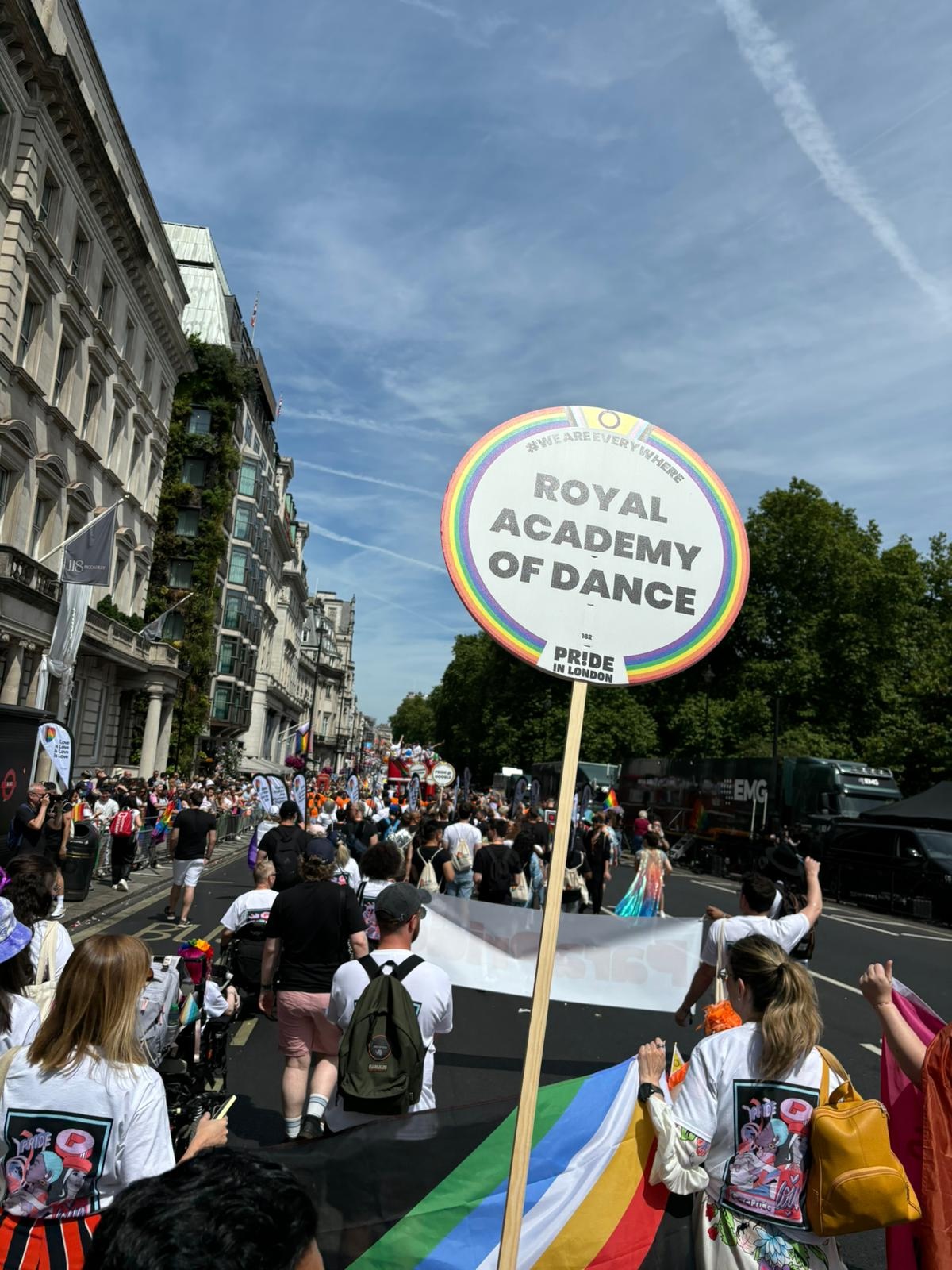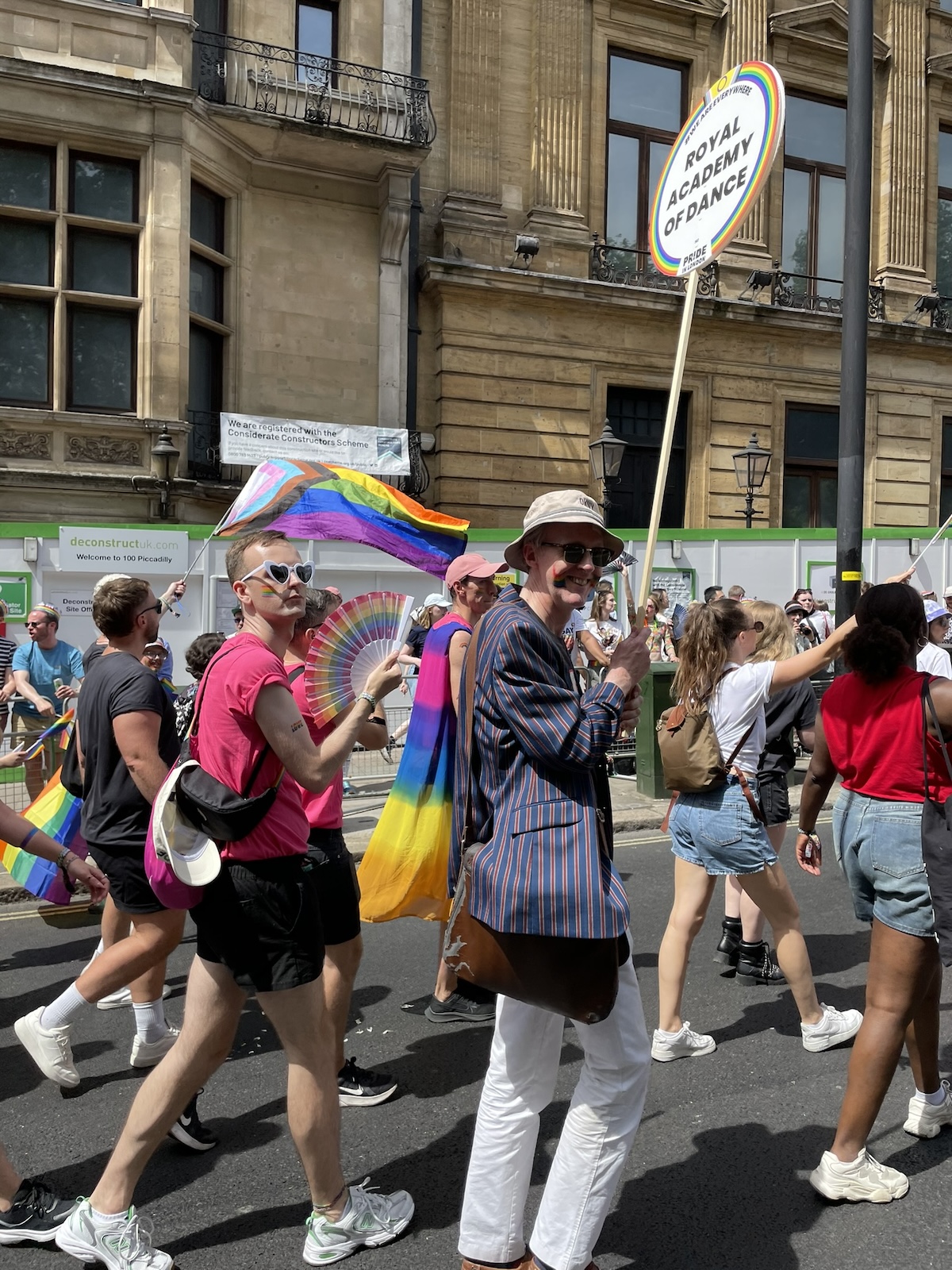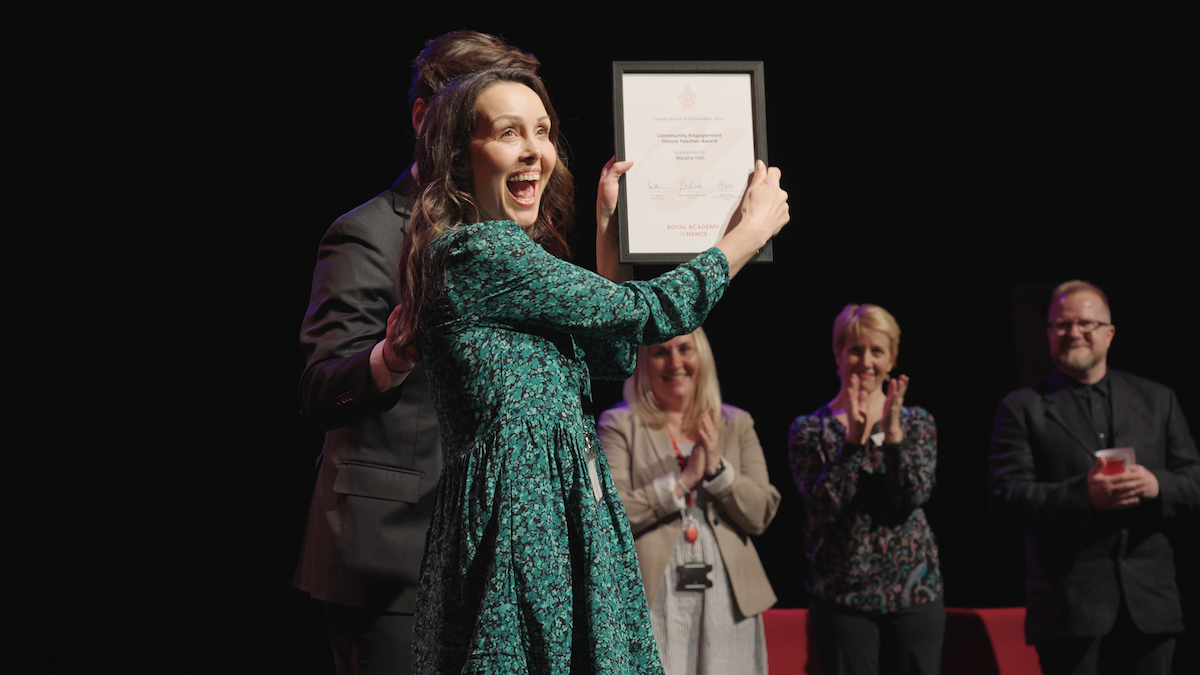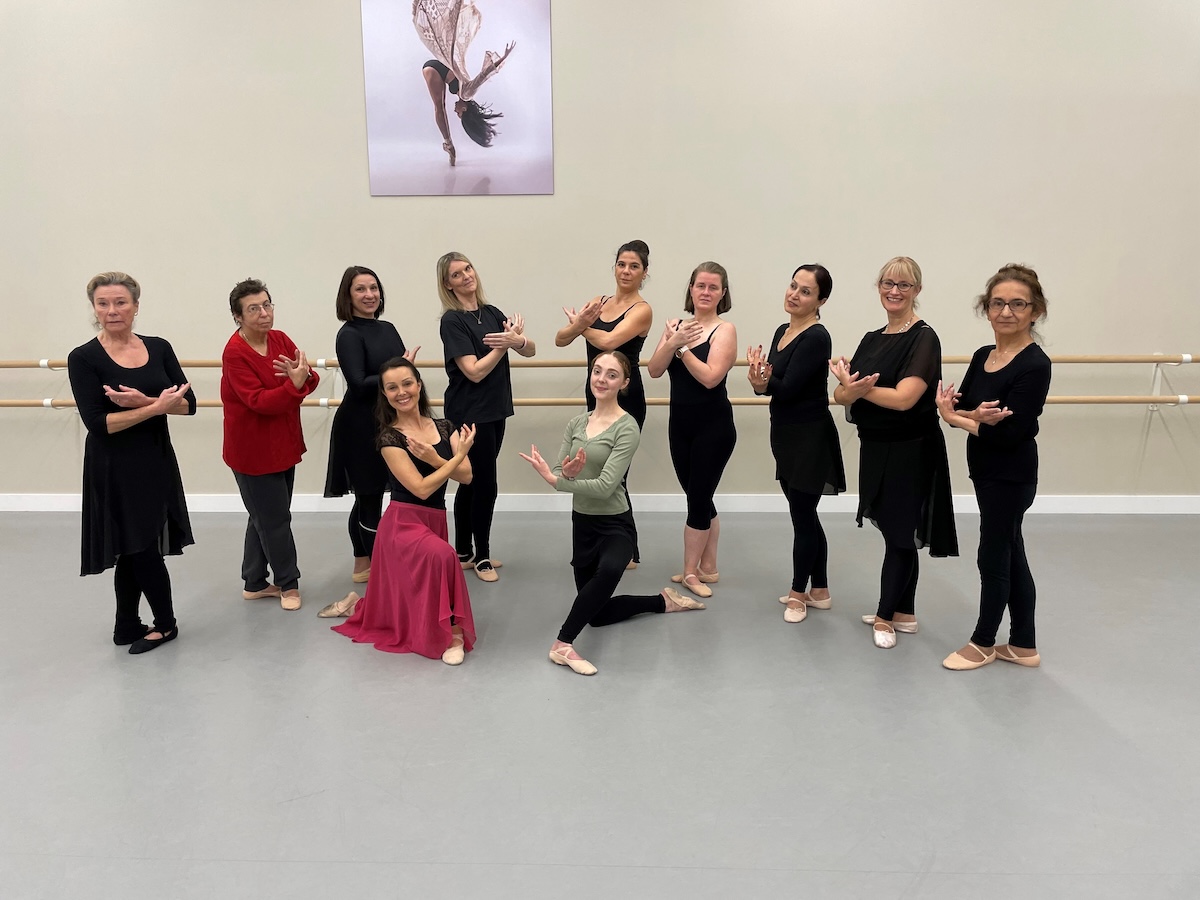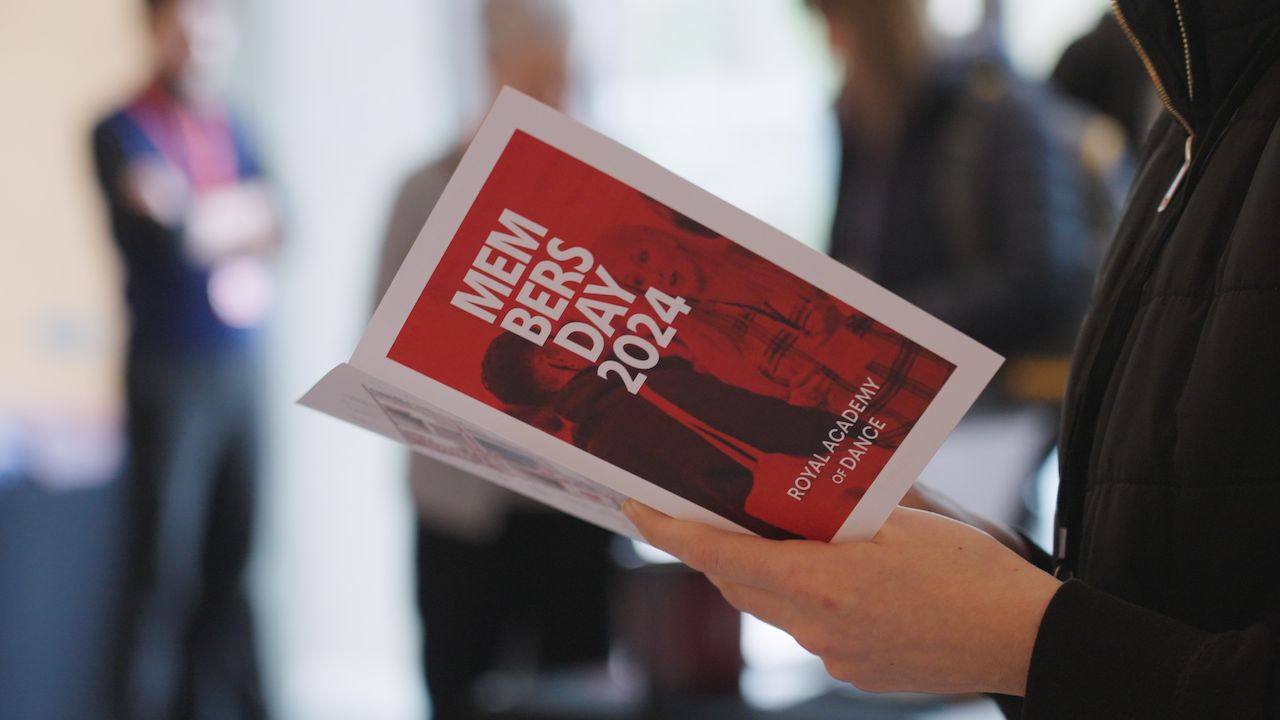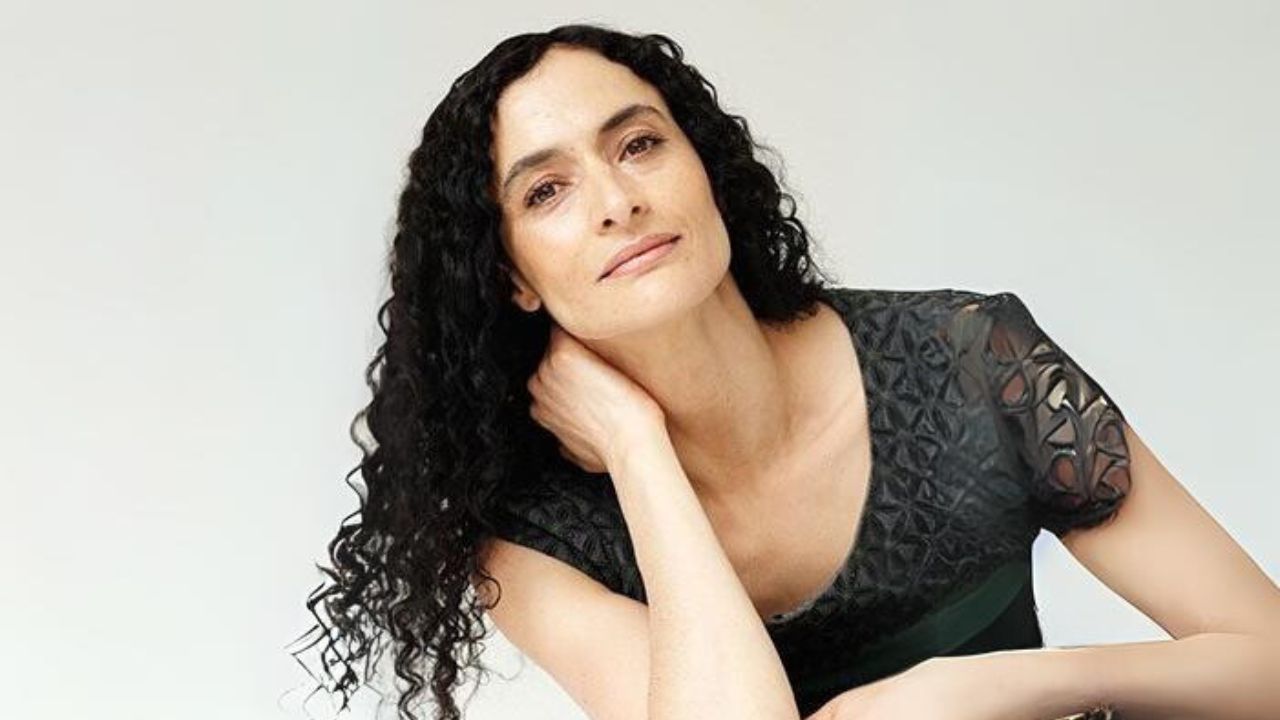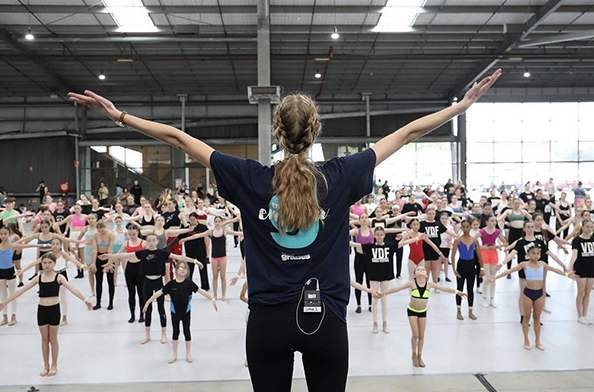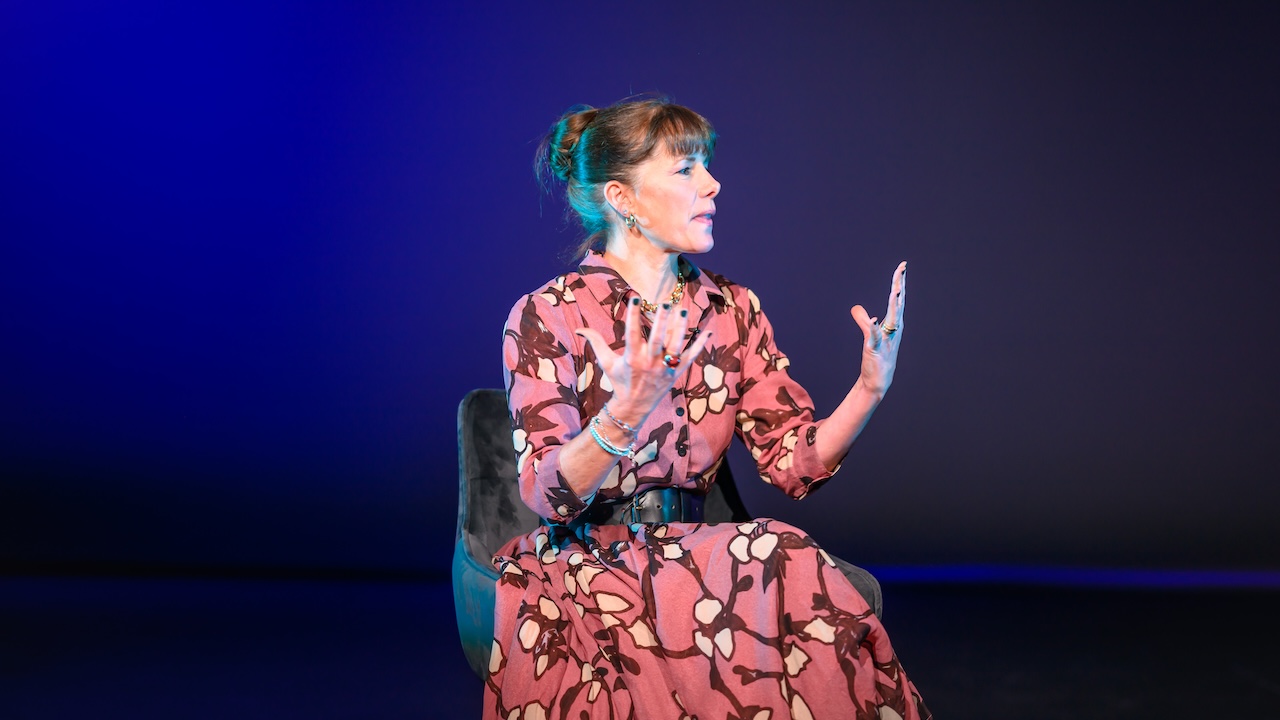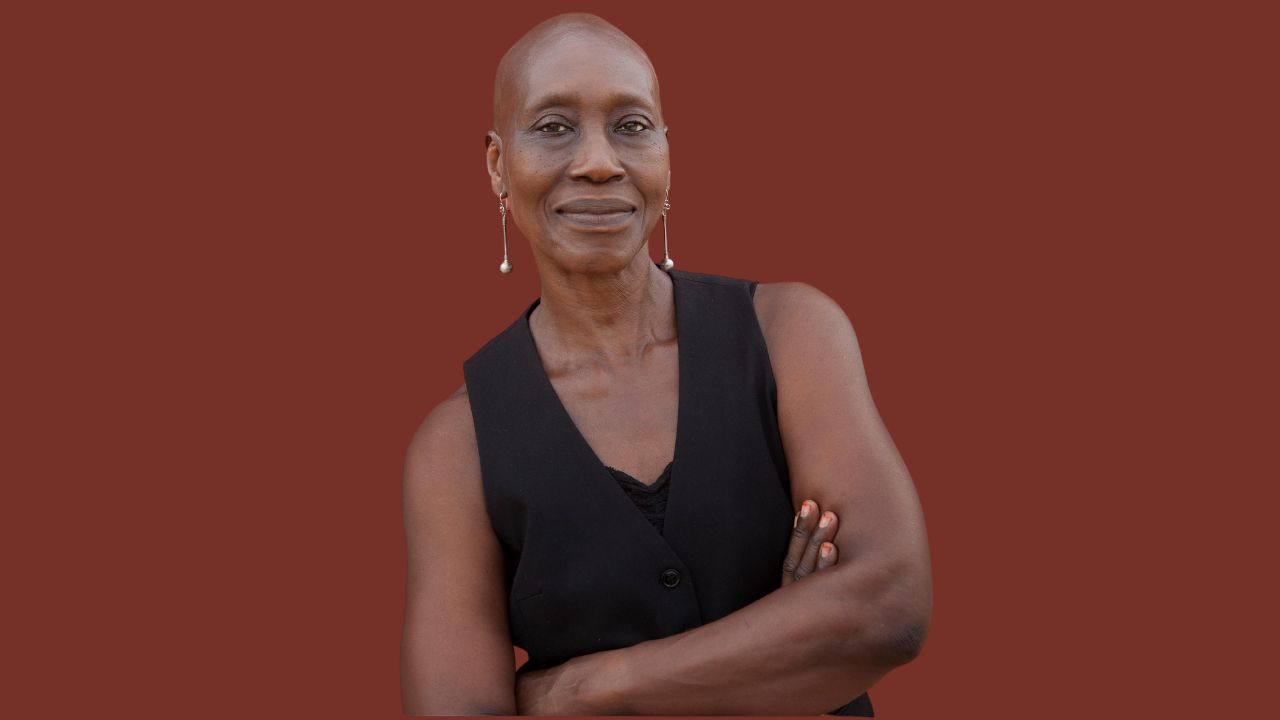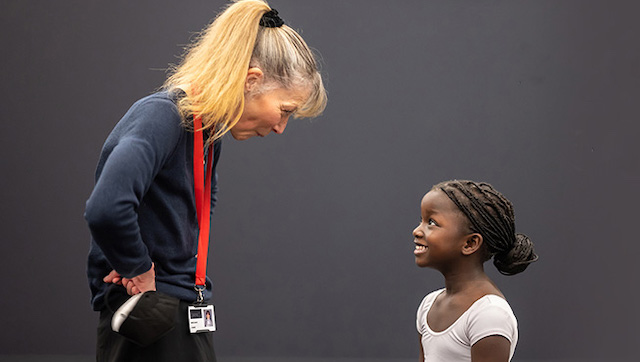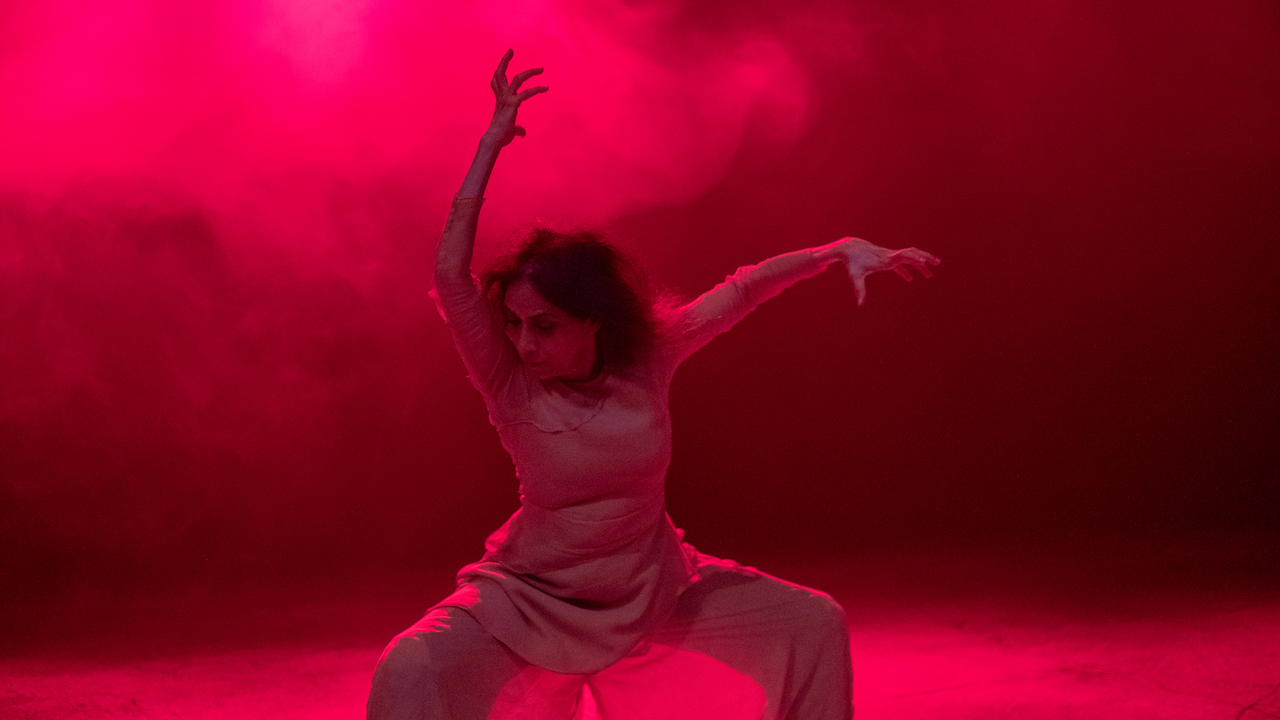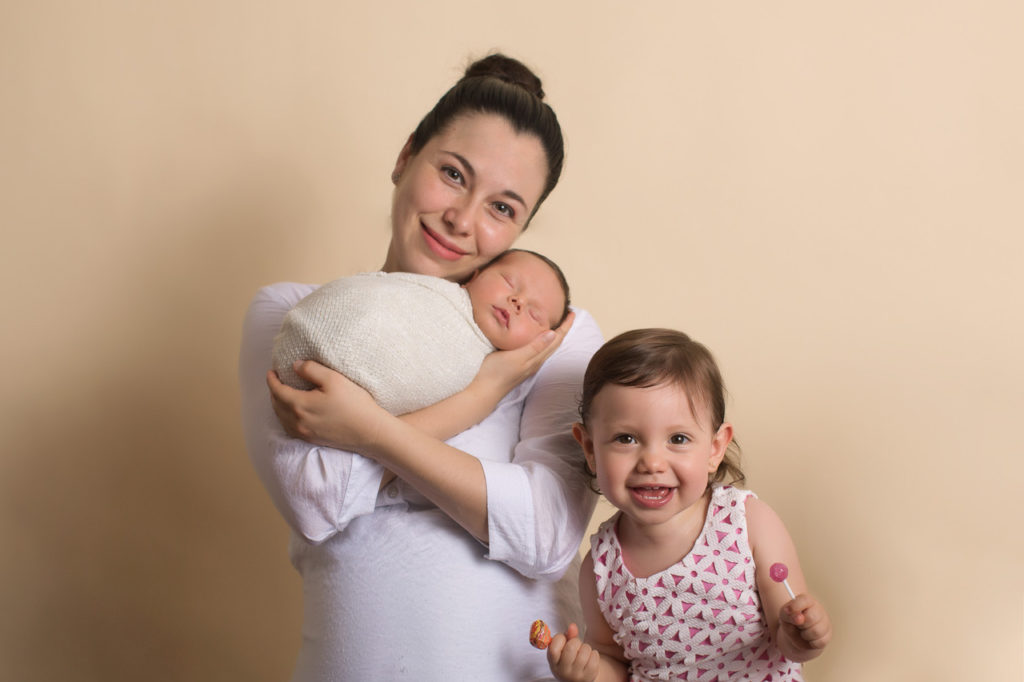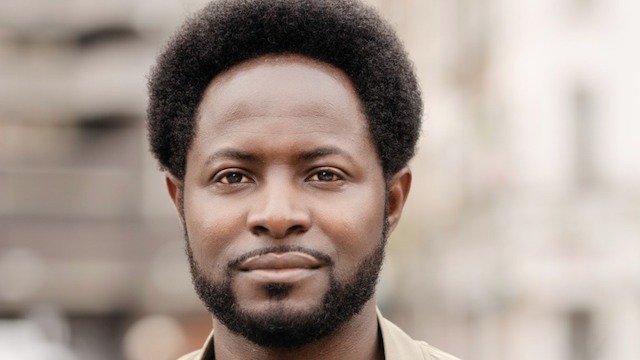Was it difficult to put your experience into words for the application?
My old dance teacher sent me a link to the award. It’s hard to write down an experience when it is your whole being. It’s not like the issues I wrote about aren’t ongoing – there are still things that I struggle with. I applied because dance has helped me so much with my mental health – writing it down allowed me to reflect on the progress I’ve made.
I can already tell that there’s going to be a lot of mentorship as part of the award, which I’m so excited about. The gratitude I feel is unbelievable. I’m overwhelmed with joy.
Some people say that dance can add to the pressure around body image?
It is ironic that dance has helped with my body dysmorphia even though there are such stereotypes about how the body is supposed to look. A tall, muscular build for commercial work, for example, while ballet is about length and slenderness. But in the studio, especially when I’m choreographing, I don’t have to fit into any genre, I can fit into my authenticity. That’s when I can be my best self and move the way I feel in the moment.
With my OCD I get into a spiral when I feel lack of control – however, dance helps me without feeding into the OCD. I feel at one with my body, which is the healthy control I seek in my day to day life.
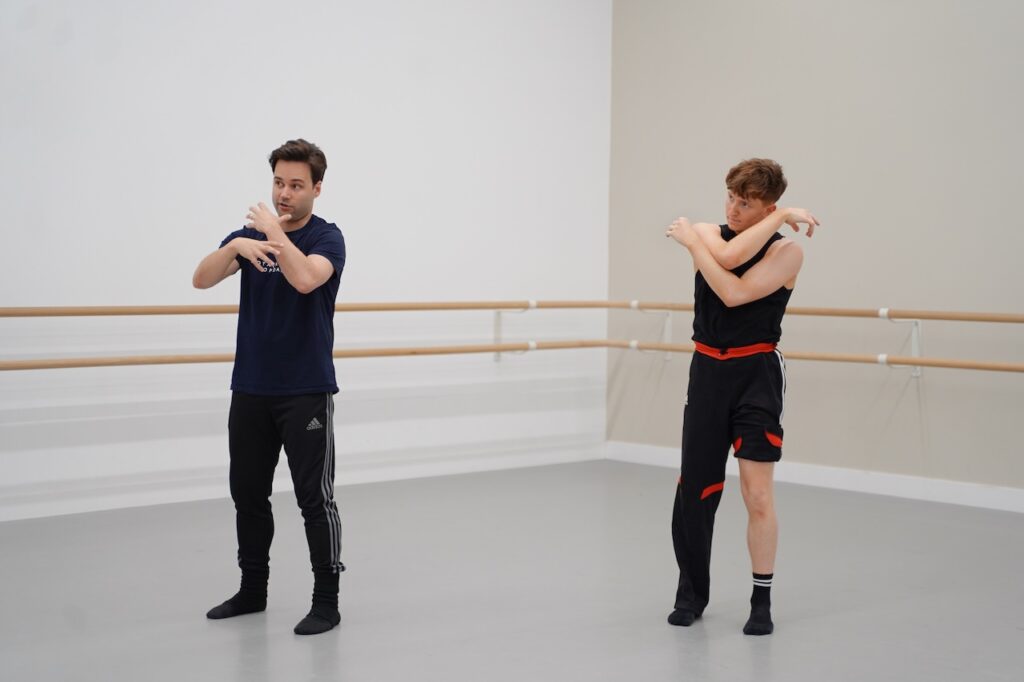
How did dance enter your life?
I’ve always known that I wanted to be on stage and share my craft. Yes, I was a dancing tot! I was five, watching my best friends in ballet class with my nose up to the window, and I was like, mum, I want to go. I was the only boy, and just loved it. Then came tap, modern, musical theatre, and I found my love for contemporary, choreography and singing. When I was young, I put on shows for my grandparents in their living room – I would raid my nan’s wardrobe and put on all her scarves. That’s how I got into it – it’s been a crazy journey.
Did you find support with your mental health within the dance world?
It was lockdown when I was going through the thick of body dysmorphia. It was very lonely. With mental health, you’re always in your own head, like a prison cell. I don’t like asking for help, but when I was choreographing my dysmorphia piece, the teachers at BRIT helped me. This year I’ve been struggling with OCD tendencies, and when I reached out to the support system at Wilkes Academy, they were very helpful. And my parents have been my absolute rocks, I would not be where I am without them.
How was it to turn your experience into a dance piece?
The process was amazing. I had a cast of 12, and at first I was just teaching the steps. But a piece of choreography is not just the choreographer, it’s a breathing organism and everyone has to feel it. There was a turning point where I sat everyone down in a circle, and we did the first of what became many check-ins. People were talking about binge eating, about anorexia, started breaking down in tears. I had no idea that any of the dancers had been feeling this, it really opened my eyes. It was so special that I was able to create a safe space for them to open up – it’s a time I will never forget.
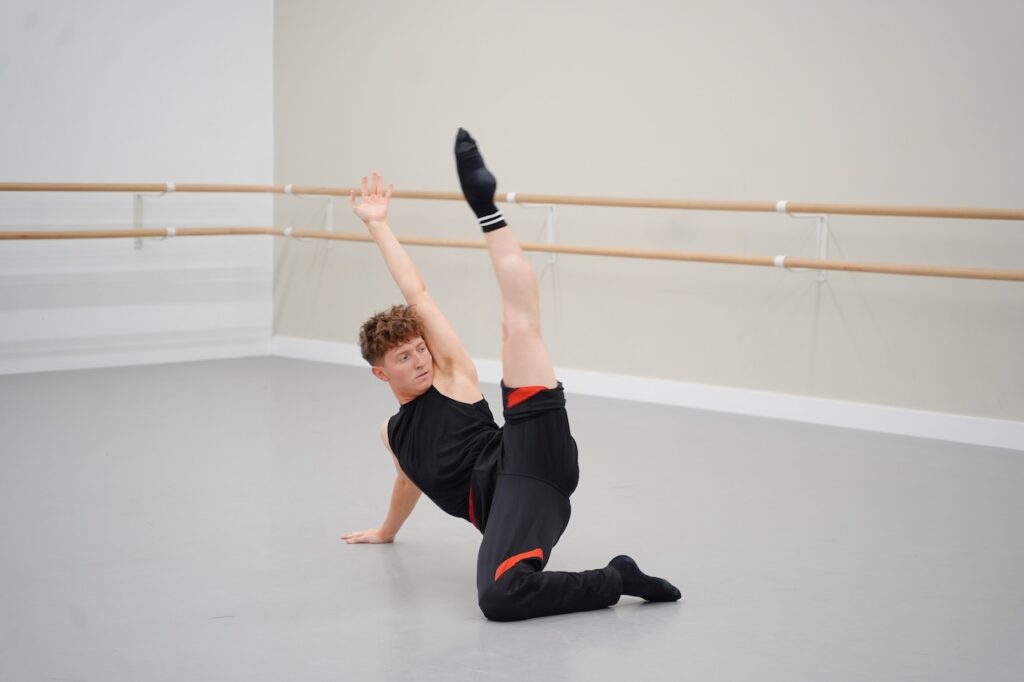
What can a dance teacher do for a student who is struggling with their emotional health?
There is such power in silence and just listening. Especially if someone has OCD, their brain will be on fire with constant thoughts. People with OCD can’t even sleep sometimes because the noise is so loud. There’s no quick fix, but to teachers, I would say: listen to them. It’s important to make the person feel heard and seen, because, especially with dysmorphia, they don’t feel seen. Just being there and letting them ‘word vomit’ everything is so powerful.
What does dance mean to you?
A safe space. A way that I can communicate what my words can’t say. Dance has endless possibilities. Dance means joy, home and freedom.
WATCH
Joy and freedom… Max dancing at the RAD. Film: Katie Butcher

